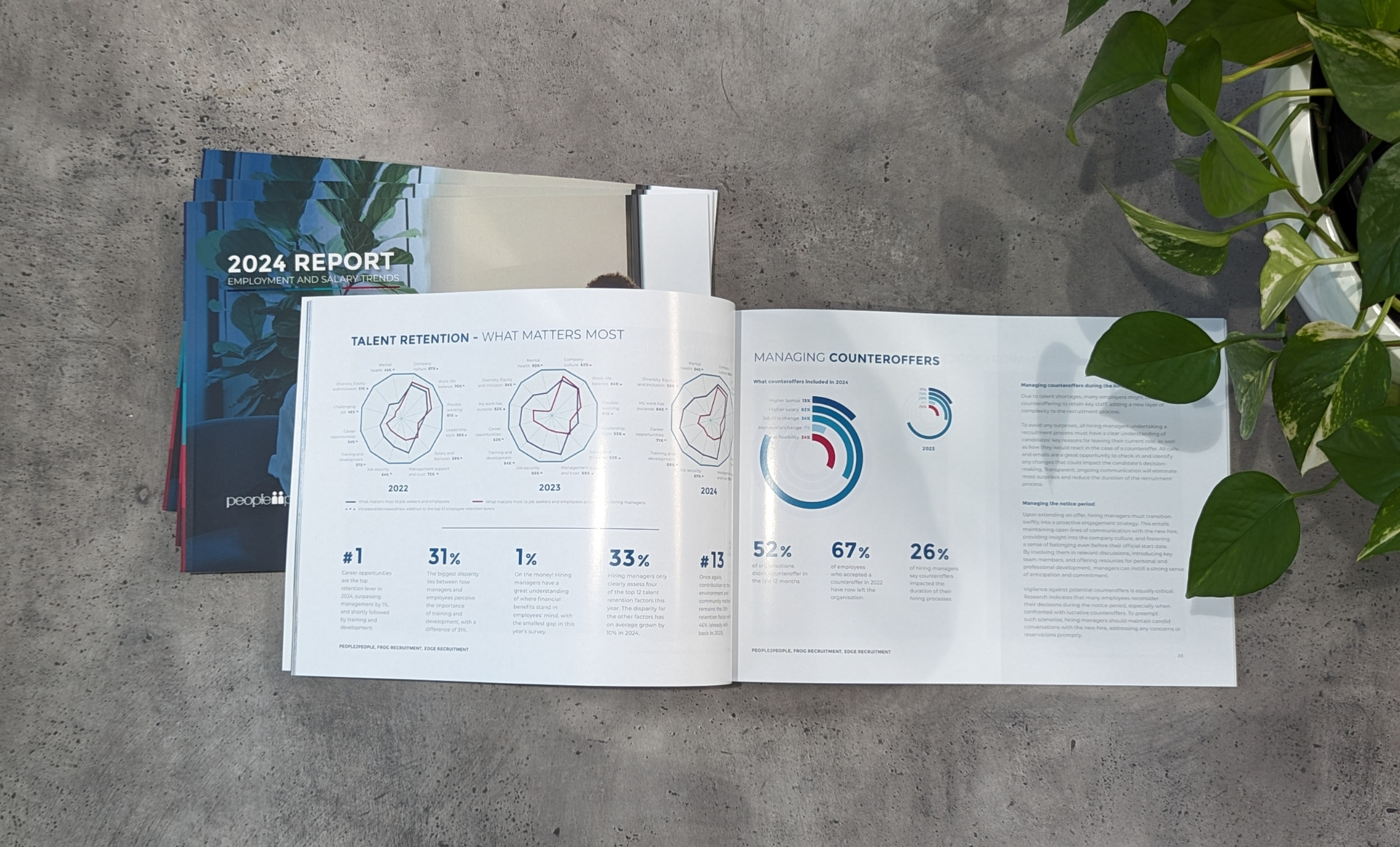The 8 March was International Women’s Day and in 2016, we are still seeing an unacceptably high gender pay gap.
The gender pay gap is the difference between women's and men's average weekly full-time equivalent earnings , expressed as a percentage of men's earnings . According to the OECD’s statistics, their average is 15.46%, out of all the OECD countries, the Kiwis are out in front with 5.62%, being the smallest gender pay gap, whereas the South Koreans have the largest pay gap at 36.6%.
So that we in Australia don’t start feeling too smug, ours is 18%, above the OECD average. According to the ABS, this is up from 17% in 2011. Gender pay equity makes good business sense. Some of the benefits to your business of gender pay equity can include:
- creating a motivated, happy and productive workforce
- becoming an employer of choice
- improving staff retention and thereby reducing turnover costs
In the latest people2people post, we have included a breakdown of the gender wage gap of 35 countries in the OECD. Make sure you call us to have your copy delivered to you!
Share this article
Useful links
Search for jobs today
Temp Jobs in United Kingdom
Perm Jobs in United Kingdom
Got a vacancy?
What's happening in the market?
Get your copy of the 2024 United Kingdom Employment and Salary Trends Report
How do I prepare for my job interview?
Get in touch
Find out more by contacting one of our specialisat recruitment consultants across Australia, New Zealand, and the United Kingdom.
Recent insights



UK's 2024 Employment and Salary Trends Report
Salary trends, talent attraction and retention strategies
Copyright © 2024, people2people
people2people partners with
CarbonInvoice to measure and mitigate any carbon emissions associated with the work we do.
Specialisations
Locations
Resources




